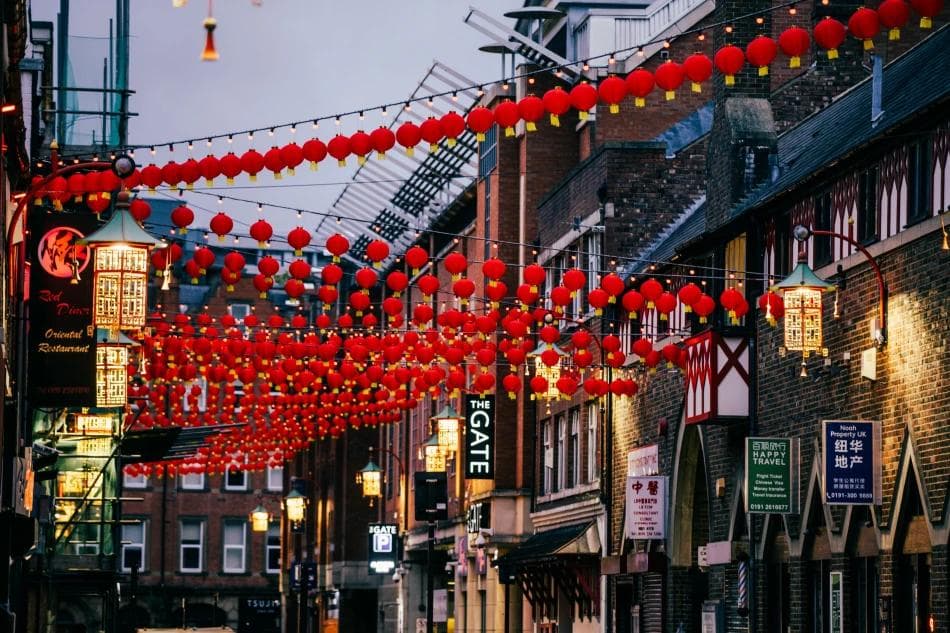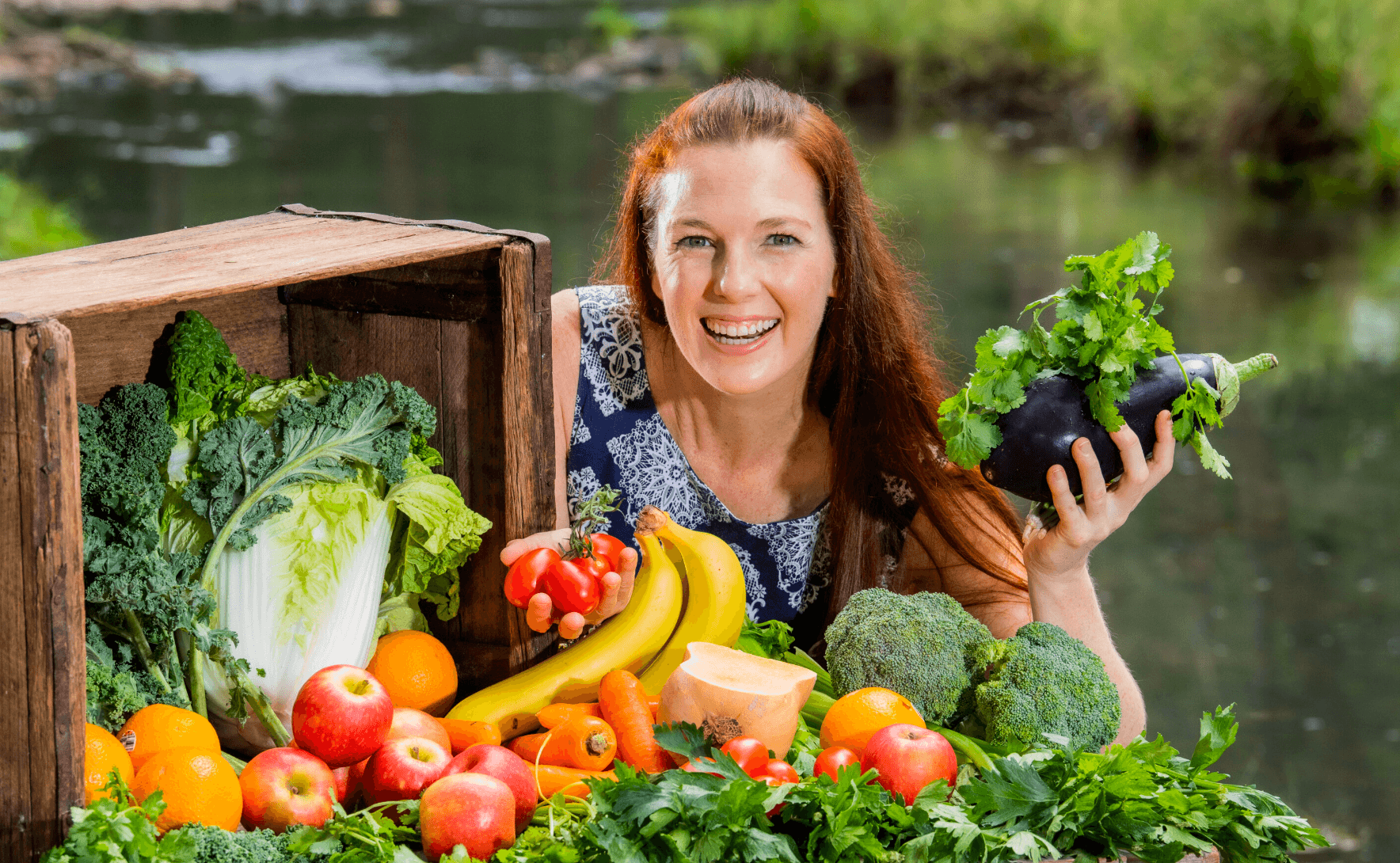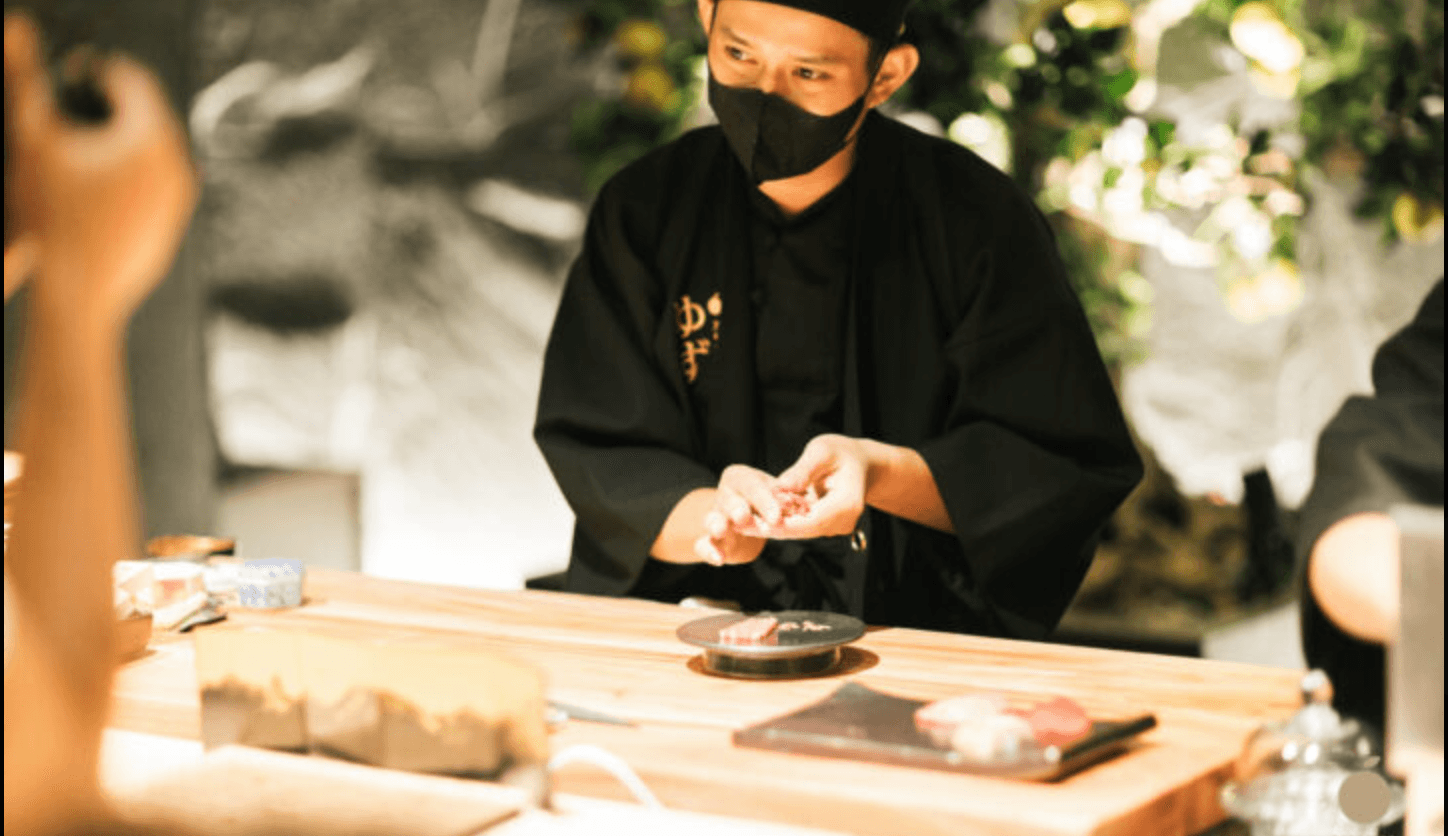When $111 SGD Buys You a Lesson in Economic Intimacy in Singapore: Cilantro's Biryani Club and the Real Cost of Shared Abundance
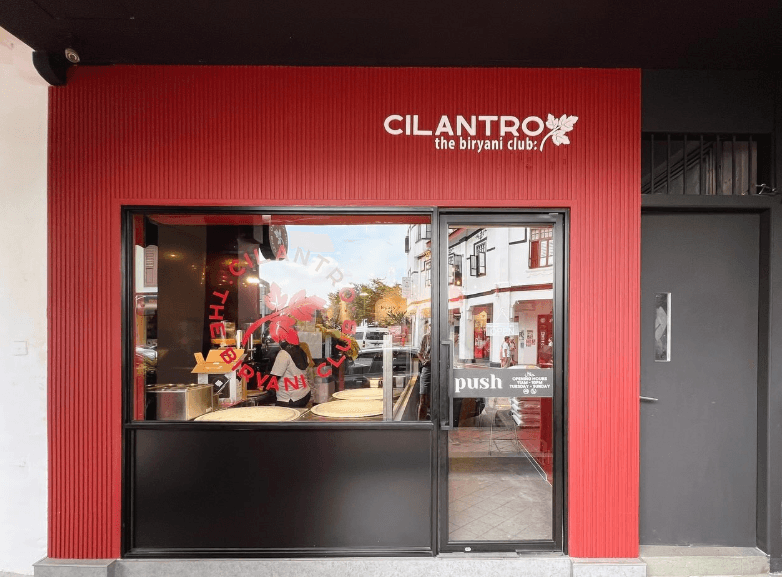
How a little piece of India found its way to Joo Chiat Road, complete with three magnificent aluminum cauldrons that transported me back to Delhi street corners and the kind of memories money can't replicate
The three massive aluminum cauldrons at Cilantro's entrance hit me like a sensory arbitrage opportunity—gleaming vessels the size of restaurant sinks, steam rising like incense from what could have been lifted straight from any Delhi street corner. Học để biết, biết để làm, my mother always said—learn to know, know to act—but sometimes the knowledge you accumulate becomes the foundation for understanding why a $111 dinner in Singapore feels like compound interest on delayed gratification, all served from a trinity of aluminum cauldrons that hold court like shrines at a temple dedicated to subcontinental abundance.
My friend and I had come for their premium platter, and watching that dramatic display of rice preparation from those three theatrical vessels, I calculated the cultural distance we were about to traverse. As our feast arrived—a kaleidoscope of Indian colors spanning masala lamb racks, biryani wagyu beef brisket, pepper prawns, and chicken tikka tandoori—I realized we weren't just paying for food. We were buying passage back to a place where I once knew the exact exchange rate between hunger and satisfaction.
By the time we factored in drinks and Singapore's inevitable tax mathematics, our bill reached $111 SGD. But what we'd really purchased was something my trader's brain couldn't quantify: the exact moisture content of rice that transports you across continents with every forkful. And here's the kicker—$111 SGD for what we consumed was amazing value, the kind of pricing that makes you question everything you thought you know about restaurant economics.
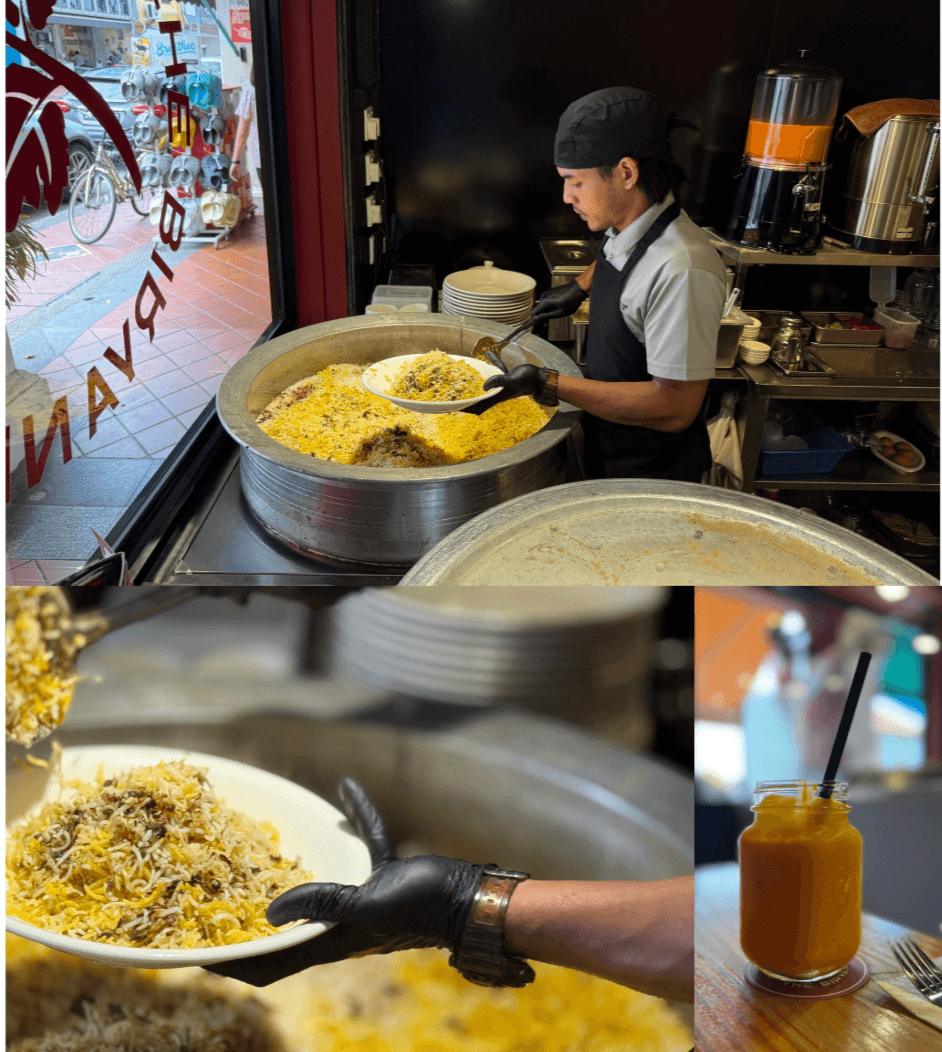
The Economics of Three Perfect Vessels (And Why My Palate Remembers Everything)
Those three aluminum cauldrons at Cilantro's entrance aren't just cooking equipment—they're a portal to every great meal I remember from Delhi's Chandni Chowk, where similar vessels worked their magic over open flames. The rice, moist and succulent from those dramatic aluminum cauldrons positioned like shrines at the restaurant's entrance, came studded with cashews and almonds, crowned with perfectly halved eggs that added both protein and visual punctuation to an already abundant spread. Each grain glistened with saffron and spice oils, creating a foundation that transported me back to those late-night discoveries in Karol Bagh when every bite felt like cultural education.
This is cultural arbitrage at its most personal—Cilantro operates on what I call the "triple vessel spectacle model," where those three aluminum cauldrons do all the heavy lifting, both culinary and theatrical. They demonstrate freshness, create anticipation, and most importantly, justify premium pricing through visible technique that any Delhi street corner veteran would recognize as legitimate.
Just one step to unlock the rest of this article
Sign in to read the full article and access exclusive content
✨ Completely free • No credit card required


